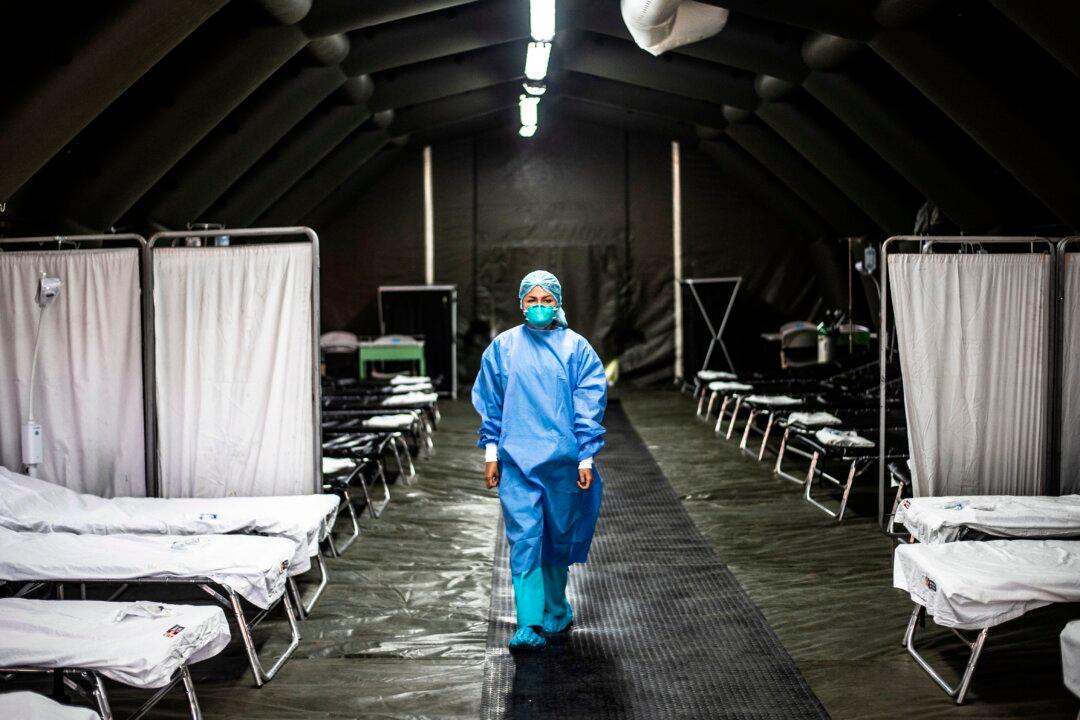Since the onset of the pandemic, the Chinese Communist Party (CCP) virus killed 200,635 people in Peru, making it the country with the highest number of deaths per population density in the world.
Despite having more than 50 percent of its population fully vaccinated against the virus, the number of infected patients suffering severe and life-threatening symptoms isn’t waning.





